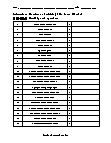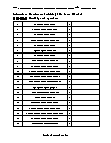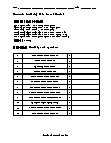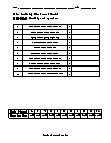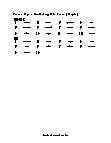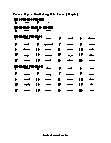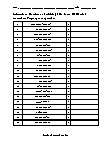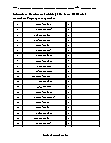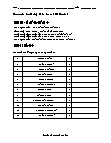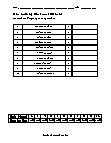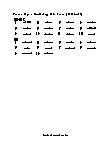Combining Like Terms Worksheets
How to Combine Like Terms in Polynomials - Solving polynomials is not a difficult thing to do in algebraic mathematics if you are well aware of its rules. There are certain rules that you need to keep in mind while combining like terms in polynomials. In the case of addition and subtraction, you need to take care of two things that are variables as well as exponents, while in the case of multiplication and division, you only need to see in the two terms that you are looking to multiply or divide, that there variable should be same. While multiplication or division, you don’t need to care about the exponents. In the case of addition and subtraction, you can write both the terms combined in a way that variables and exponents are written as they are while the coefficient part gets added or subtracted. On the other hand, in the case of multiplication or division, the coefficients get multiplied or divided by each other, variables are written combined as they are, and exponents are added in case of multiplication and subtracted in the case of division.
-
Basic Lesson
Demonstrates how to combine like terms by addition. Practice problems are provided.
View worksheet -
Intermediate Lesson
Explains how to perform operations within expressions. Practice problems are provided.
View worksheet -
Independent Practice 1
Contains 20 Combining Like Terms problems. The answers can be found below.
View worksheet -
Homework Worksheet
12 Combining Like Terms problems for students to work on at home. Example problems are provided and explained.
View worksheet -
Basic Lesson
Demonstrates the skill of combining like terms by adding and combing expressions. Practice problems are provided.
View worksheet -
Intermediate Lesson
Explains how to combining like terms in unique conditions. Practice problems are provided.
View worksheet -
Independent Practice 1
Contains 20 Combining Like Terms problems. The answers can be found below.
View worksheet -
Homework Worksheet
12 Combining Like Terms problems for students to work on at home. Example problems are provided and explained.
View worksheet
What is Combining Like Terms in Algebra?
By combining like terms in algebra, we mean that we either add, subtract, multiply or divide different similar terms with each other and write their answers in a combined single term. Let’s talk about how it's done. In the beginning, when students are during their beginner’s stage of learning algebra and its methods, tools, and techniques, they might find combining terms in algebra a bit difficult. Yes, it can be tricky at times, but with practice, it can be mastered like every other math problem. Combining like terms in algebra refers to how like terms in a polynomial are solved and simplified. It is pretty easy. You can combine like terms through any of the four basic mathematical operators. All you need is to have the basic skill of solving polynomials in each case. Like terms can be combined if their variables and exponents are the same in case of addition and subtraction and if only variables are the same in case of multiplication and division.
All the Legs!
Amy looked out the window and saw some ducks and mules. She counted 66 legs. How many of each animal did she see if there were 24 animals total? 9 mules, 15 ducks. Take 66 divided by 2 (ducks) = 33. Only 24 total, so 33-24=9 (4 legs). 24-9= 15 ducks
Bags of Chips
There is a mix of red, green and blue chips in a bag. The total number of chips is 60. There are 4 times as many red chips as green, and 6 more blue than green. How many chips of each color are there? Red = 36, blue = 15, green = 9.


